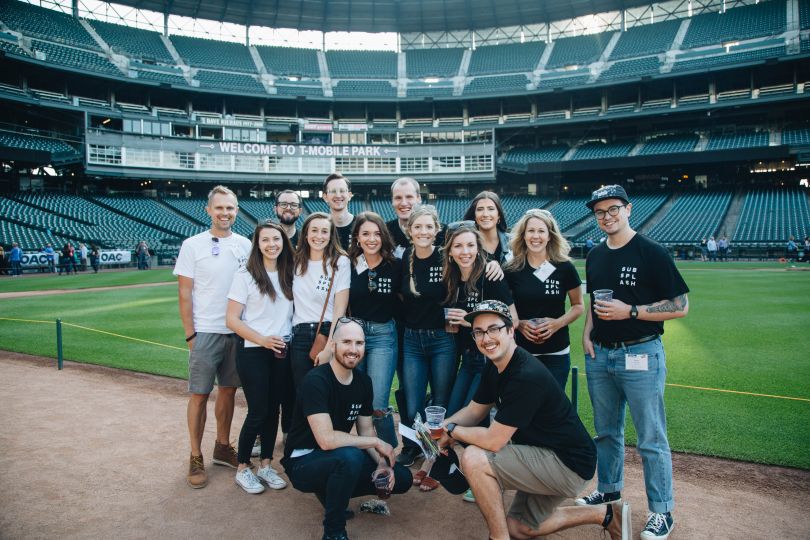When religious leaders first started spreading the idea of faith to their many followers, they didn’t have a crowd of people pulling smartphones out of their jacket pockets in mind when considering their legacy or the “generations to come.” But technology has infiltrated every other industry, from education to transportation.
Why not use it for faith-based outreach?
That’s exactly what Subsplash does, making it simple for ministries to offer their congregants software-based strategies for donation, media library access, sermon storage and more. When Enterprise Ministry Consultant Jon Crabtree gets on the phone with a potential client, he understands the importance of selling the product. He also knows that there’s no one solution to every problem.
These performance-based sales strategies will make you feel #blessed.

What sales tactic have you learned since joining your team that has had a major impact on your performance?
Getting the right people in the room early was a tactic that had a major impact on my performance. There are many methods for doing this, but it has played itself out most often in simply getting the initial person I am talking with excited about what my company is offering. It means being bold and asking for another meeting with anyone else who might have a hand in the decision-making process and/or workflow. I have also combined this with sending potential times on my calendar for the next meeting along with pricing and packaging information. This action clarifies that our relationship is symbiotic.
Getting the right people in the room early had a major impact on my performance.’’
What’s another successful tactic that you’ve used throughout your career that some may find surprising?
The sales tactic that was most surprising to me in terms of getting a conversation going with someone who at first expresses disinterest or objects is called the “negative reverse.” It actually brings a lot of success during a sticking point in a conversation, as well. Fred Sandler popularized the technique, which owes its existence to psychological theory.
Imagine that you call someone, and they say, “No thanks, we are with another provider.” Instead of saying, “Oh, ok, well can I call you again in six months,” I might say, “Well, it sounds like this conversation is over.” Then quickly follow with, “But before I go, can I ask you a question? What are they doing to serve you so well at the moment?”
You would be surprised how many potential customers will tell me what they do like, but then add at least something that has bugged them about their service. And if they do not give me that nugget, I ask what they might not like so well.
The sales tactic that was most surprising to me [...] is called the “negative reverse.”





